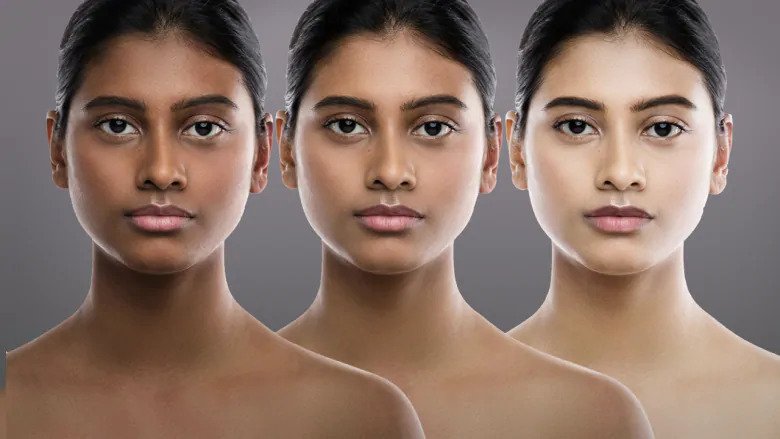
First things first – we acknowledge that not everyone desires to lighten or brighten their skin. There is no one standard for beauty . We can all agree that there is beauty in all skintones. That said some people do have a desire to either brighten their skin a little bit or lighten it a few shades – it is their right to do so in a safe , non toxic way. Lets cover each ingredient and what it does.
Vitamin C is a potent antioxidant that helps protect the skin from oxidative stress caused by factors like UV radiation and environmental pollutants . By neutralizing free radicals , vitamin C can prevent or reduce skin damage which can contribute to a more youthful radiant complexion.
Liposomal vitamin C is a specialized form of Vitamin C that is encapsulated within liposomes which are small spherical vesicles made up of phospholipids (similar to the lipids found in cell memberanes). This encapsulation process is believed to enhance the absorption and bioavailability of Vitamin C in the body. Vitamin C is naturally found in oranges , grapefruits , lemons , limes , tangerines , strawberries, blueberries , blackberries, cranberries , raspberries , kiwis, papaya , mangoes , pineapples , guava , cantaloupes , peaches , apricots , leafy greens , bell peppers and so on.
What about glutathione? What is it and how does it work ?
Glutathione is a molecule found in the body and it is often referred to as the master antioxidant due to its crucial role in maintaining overall health. While glutathione is naturally synthesized in the body it can also be obtained from dietary sources. Foods rich in sulfur containing amino acids such as cystein can support glutathione production. These include garlic, onions , cruciferous vegetables (e.g broccoli , brussels sprouts) , and lean protein sources. The liposomal version helps with improved intake and absorption.
N-AC stands for N-acetylcysteine , and it is a plant antioxidant naturally found in onion. It is a precursor to glutathione which means its presence leads to more production of glutathione in the body.
Pinebark extract and Grapeseed extract contain health promoting plant compounds like vitamins , polyphenols and other phytonutrients. These have been used for hundreds of years for their many benefits. Procyanids in the pinebark act as an antioxidant , and is standardized to contain atleast 75% procyanids. Also present are catechins. Another antioxidant-like flavonoid family that protects cells from oxidation and damaging free radicals. Phenolic acids are a group of polyphenols that exhibit high antioxidant activity and are commonly found in plant foods.
Each of these ingredients have been shown to inhibit the production of tyrosinase. Melanin is produced by melanocytes, specialized cells in the skin through a process called melanogenesis. Tyrosinase is a key enzyme in this process as it catalyzes the conversion of the amino acid tyrosine into melanin. They also help with collagen synthesis which visibly improves the skins elasticity.
It is important to note that these ingredients are used individually for many positive reasons , for example grapeseed extract has been found in studies to significantly reduce high blood pressure , improve collagen synthesis , improve kidney function , reduce oxidative damage caused by a high cholestrol diet , as well as delay or reduce the onset of neurodegenerative diseases like Alzheimers. N-AC is commonly used to protect the liver and kidney from oxidative damage as well as for prevention of some cancers and conditions like Parkinsons. Glutathione is also sold individually and is often used to slow down aging , protect cell damage especially to the liver in alcoholism related liver disease , improve insulin resistance in older individuals, improve circulation and help fight auto immune diseases by stimulating the body´s natural immune response and reducing oxidative stress. It has been found that the pinebark extracts antioxidant , antimicrobial and anti- inflammatory properties have potential to improve health conditions like cancer , heart disease , and neurodegerative conditions .
Already have an account?